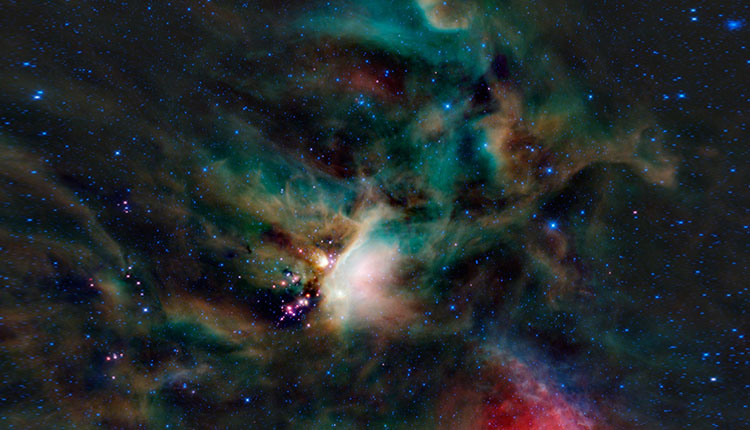New Delhi: A team of researchers from the Aryabhatta Research Institute of Observational Sciences (ARIES), has decoded the early lives of young stars called Young Stellar Objects (YSO) using a decade of data from NASA satellites Wide-field Infrared Survey Explorer (WISE) and its extended mission NEOWISE, the Ministry of Science & Technology said on Wednesday.
ARIES is an autonomous institute under the Department of Science & Technology (DST),
The study, published in The Astrophysical Journal Supplement Series, revealed that stellar infancy is far more turbulent and variable than previously thought.
YSO are stars in the earliest stages of their lives where stars stably fuse hydrogen in their cores. This is the stage before the stars enter the main sequence of what is called the Hertzsprung-Russell diagram — a plot showing stars in various stages of evolution based on their temperature and brightness.
In the study, Neha Sharma and Saurabh Sharma from the ARIES analysed light curves for over 22,000 YSOs across various massive star-forming regions in our galaxy. These regions serve as natural laboratories for understanding how stars are born and evolve.
Analysing over a decade of WISE/NEOWISE infrared observations at 3.4 and 4.6 microns, they also classified YSO variability into six main categories: linear (steady brightening or fading), curved (nonlinear trends), periodic (repeating patterns tied to rotation or disk orbit), burst (sudden brightening), drop (abrupt dimming), and irregular (erratic, chaotic changes).
“The team found that as the dense molecular clouds contracts under their own gravity, at their centre forms a protostar — a hot, dense core surrounded by a rotating disk of material. The protostar emits light not from fusion but from the heat generated by gravitational collapse and mass accretion,” the Ministry said.
With time, material from the surrounding disk continues to deposit onto the protostar, feeding its growth. This process is inherently unstable, with sudden bursts and lulls in accretion that can lead to rapid and unpredictable changes in brightness.
Eventually, the radiation pressure from the growing star can expel the remaining cloud material, halting accretion and leaving behind a young, pre-main-sequence star.
“These dynamic processes are what make YSOs such rich subjects for infrared monitoring. Infrared light penetrates the thick dust shrouds surrounding YSOs — offering a unique window into the otherwise hidden early evolution of stars,” the Ministry said.
(IANS)
















